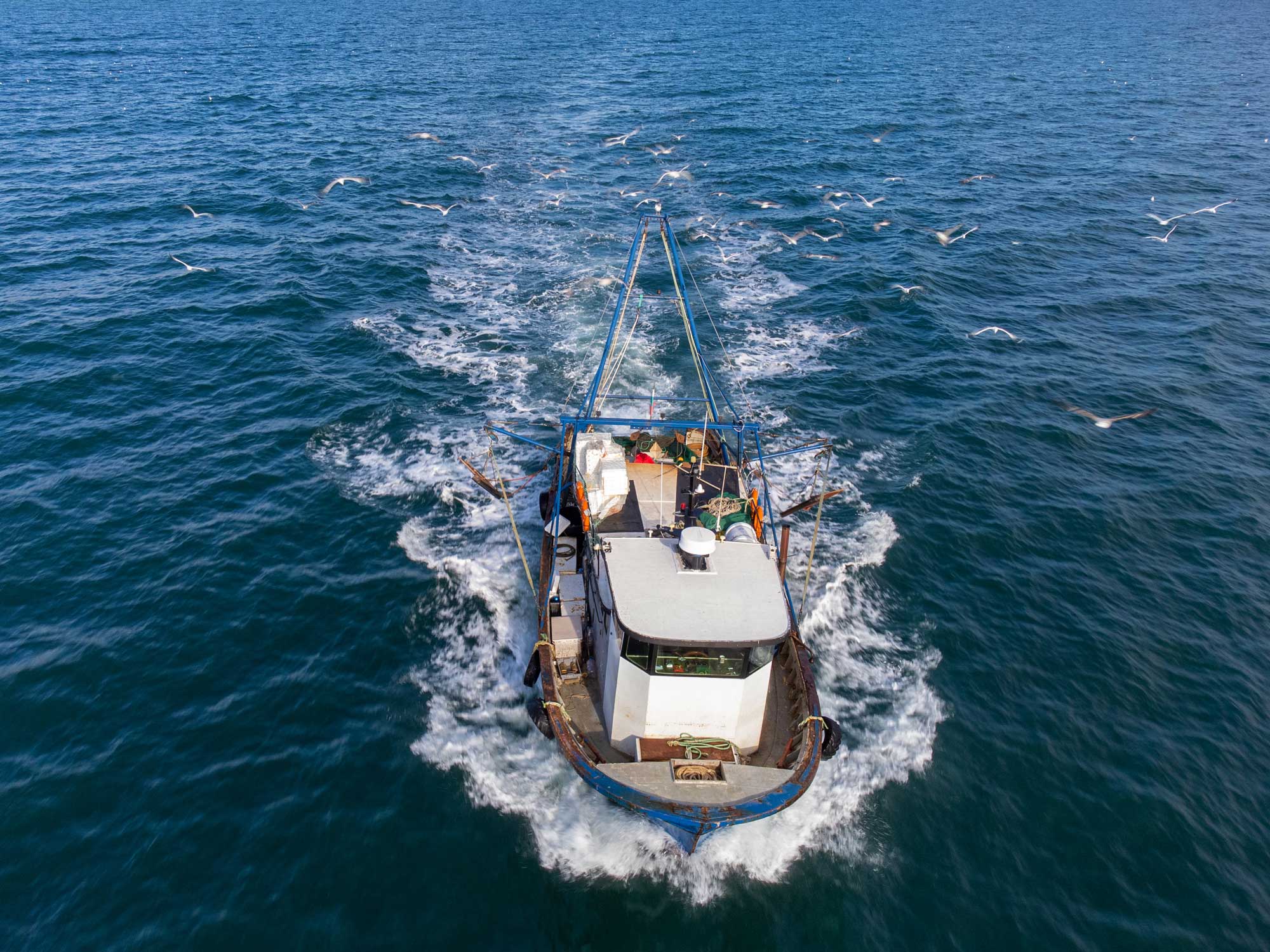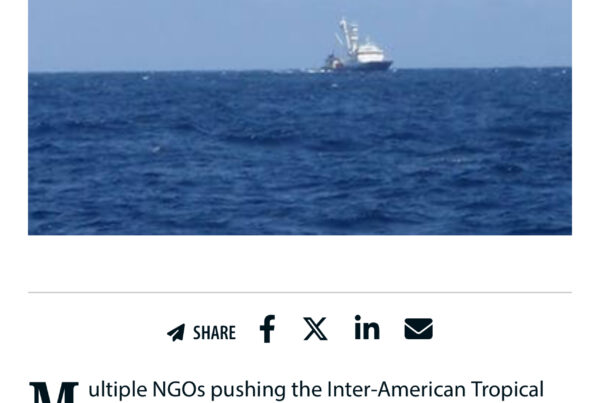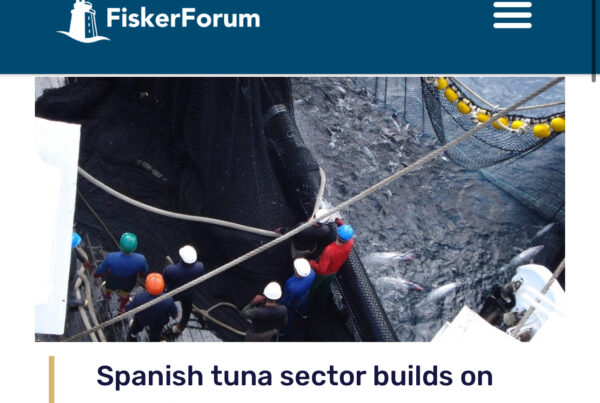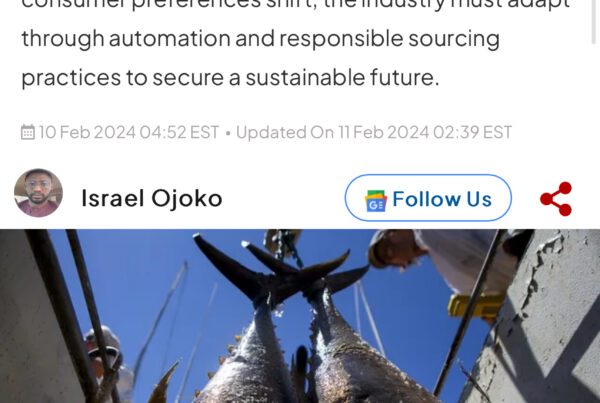Tuna Commission Adopts New Management Procedure for Skipjack
The annual meeting of the countries involved in the world’s largest and most lucrative tuna fishery concluded in Vietnam on Saturday.
The 26 members of the Western and Central Pacific Fisheries Commission constitute resource owning island nations and foreign countries whose fleets sail thousands of nautical miles to fish the tuna-rich waters of the Pacific.
Although polar opposites, the members were able to compromise enough to adopt, among other things, a new management procedure for skipjack tuna, agree on new conservation measures for sharks and commit to placing climate change at the forefront of all future undertakings of the regional fisheries management organisation, also known as the Pacific Tuna Commission. Continue reading here (Source: Radio New Zealand).
Breakthrough in Western Central Pacific Points to a ‘Sea Change’ in International Fisheries Management
The Marine Stewardship Council (MSC) has today congratulated delegates of the Western Central Pacific Fisheries Commission (WCPFC) for a significant breakthrough on the agreement of important measures to safeguard the world’s largest tuna stock.
Last week government representatives from the 26 member states of the WCPFC met face to face for the first time in three years in Da Nang, Vietnam. Agreement on harvest strategies – something which members had so far failed to achieve, despite many years of negotiation – is vital for securing the long-term health of tuna stocks as well as ongoing MSC certification.
At the conclusion of the meeting on Saturday 3rd December, delegates reached agreement on a number of measures relating to harvest strategies. These measures will now act as guiding principles for future fisheries management, creating a ‘safety net’ to allow tuna stocks to recover should they ever fall below currently sustainable levels. Continue reading here(Source: Marine Stewardship Council).
Pacific Fisheries Observers Redeploying From Next Month
The Western and Central Pacific Fisheries Commission has approved the redeployment of independent fisheries observers in its purse seine fishery from January 1.
Senior commission executives confirmed the decision on Thursday afternoon midway through their annual meeting which is being hosted by Vietnam in Da Nang.
Prior to the pandemic the WCPFC – also known as the Pacific Tuna Commission – had boasted 100 percent observer coverage in the fishery but this dropped to zero in 2020 with the suspension of the program due to the impacts of Covid-19.
Continue reading here (Source: Radio New Zealand).
Thai Union’s Tony Lazazzara Named ISSF Chair
The International Seafood Sustainability Foundation (ISSF) has announced the appointment of Thai Union Group Fish Procurement Director Tony Lazazzara as chair of its board of directors.
ISSF is a global coalition of seafood companies, fisheries experts, scientific and environmental organizations, promoting science-based initiatives for long-term tuna conservation and the advancement of tuna fishery management to Marine Stewardship Council certification standards.
Lazazzara previously worked in various roles for Heinz European Seafood, including as general manager for Indian Ocean tuna based in the Seychelles, general manager for European facilities based in Portugal and France, and MW brands supply chain director, before the company was acquired by Thai Union. Prior to joining Heinz, he worked for Starkist and Palmera. Continue reading here (Source: SeafoodSource).
First Woman to Head Tuna Commission Hopes to Effect Change
On Thursday last week the Western and Central Pacific Fisheries Commission (WCPFC) officially announced Rhea Moss-Christian as its new executive director.
The long serving Marshallese diplomat is the first woman in the world to head one of the five global tuna Regional Fisheries Management Organisations (RFMOs).
Of the five tuna RFMOs the Western and Central Pacific Fisheries Commission also known as the Pacific Tuna Commission is in charge of the largest and most lucrative tuna fishing grounds – producing up to 60 percent of the world’s tuna and worth over $US3 billion a year. Continue reading here (Source: Radio New Zealand).
US Holiday Retail Seafood Sales Outlook Bright
Analysts and retailers are maintaining a positive outlook for U.S. retail seafood sales this holiday season, despite inflation pushing down fresh and frozen sales in 2022.
Because Covid-19 restrictions are not in place – as they were during the previous two holiday seasons – analysts are predicting more social and family gatherings will occur. And with that, there’s hope Americans will continue their tradition of spending more on food – and seafood – during the holiday season.
Inflation continued to hamper frozen and fresh seafood sales in October – both categories declined 3.4 percent, according to IRI and 210 Analytics, but the drop was not as steep as in previous months. Continue reading here (Source: SeafoodSource).
Vietnamese Fishery Exports Exceed 10 Billion USD in 11 Months
Of the above sum, Tra fish and shrimps contributed 2.2 billion USD and 4.1 USD, up nearly 62% and 15% year-on-year, respectively.
Tra fish’s sharp increase was thanks to the strongest annual surge in the product’s average price, at 50%. Exporters have also seized an opportunity to increase their market share created by the Russia-Ukraine conflict, which limits the supply of white fish.
Overall, shrimp export turnover has retained good growth so far thanks to strong rises recorded in the first half of the year. However, the product’s average export price did not increase as strongly as Tra fish, as it faced significant competitive pressure from those of Ecuador and India. Continue reading here (Source: Nikkei Asia).



